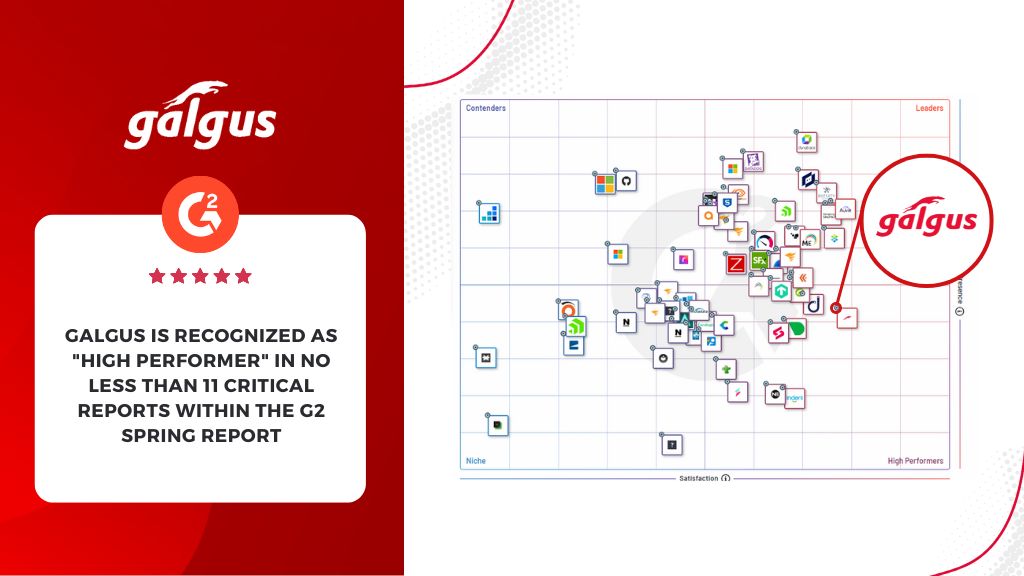The existence of a centralised Wi-Fi controller can be a burden for the proper performance of a network. That’s why it’s common to opt for alternatives that eliminate the need for a centralised controller, such as distributed networks. Here’s why this is the case and how Galgus technology is the best option for you.
A centralised Wi-Fi controller is a device or software that remotely manages multiple Wi-Fi access points in a wireless network. In this architecture, APs are non-decision making devices that simply receive commands.
Its main function is to facilitate the configuration, maintenance and monitoring of APs, as well as to provide advanced features such as load balancing, roaming or security. The controller can be a dedicated device, a software application or a cloud service.
However, a centralised Wi-Fi controller also has its drawbacks, which can limit the performance, flexibility and scalability of your Wi-Fi network. We analyse them and discuss the best solution and alternatives to this situation.
Disadvantages of having a centralised Wi-Fi controller on your network
Controller dependency
The inherent vulnerability of relying solely on a centralised Wi-Fi controller is a major drawback. In the event of a controller failure or disconnection, the entire Wi-Fi network could be rendered inoperative, jeopardising the continuity of service and compromising the security of transmitted data.
Bottleneck
Concentrating all network management functions in a single controller can result in a significant bottleneck. The need to process all the traffic coming from access points (APs) can lead to congestion and delays in the network, negatively affecting the user experience.
In addition, the controller’s limited ability to handle a large number of concurrent APs or Wi-Fi clients may restrict network scalability.
Cost and complexity
Implementing a centralised Wi-Fi controller involves both initial and ongoing investment. The initial purchase and configuration of the controller represents a considerable financial cost, and periodic maintenance adds additional costs over time.
In addition, configuration and integration of the controller can be complicated, especially when trying to synchronise it with other devices or systems within the network infrastructure, increasing operational complexity.
Vulnerability to single faults
The centralised controller architecture exposes the network to significant risk in the event of a controller failure. The lack of redundancy can result in prolonged downtime, affecting Wi-Fi service availability and inconveniencing end users.
Limitations on flexibility
The rigidity associated with reliance on a centralised controller can limit the flexibility and agility of the network. Making configuration changes or adding new components to the infrastructure can be a more complex and time-consuming process, affecting the ability to adapt quickly to the changing needs of the environment.

Solution: Galgus’ distributed smartness
A distributed wireless network architecture does not require a controller and allows wireless APs to communicate directly with each other and with the wired network.
APs can operate autonomously or cooperatively, depending on the protocol and topology. The benefits of a distributed architecture include lower cost, resilience and flexibility.
Galgus’ distributed smartness, Cognitive Hotspot Technology (CHT), turns each Wi-Fi access point into an intelligent agent that monitors its environment and shares information with all other nodes.
In this way, the Wi-Fi network can make the best decisions to adapt to conditions automatically in real time, without the need for a centralised controller or in the cloud.
CHT offers multiple advantages for Wi-Fi networks, such as:
- Reduce interference and noise, improving signal quality and connection speed.
- Save electromagnetic energy by adjusting the transmission power of each access point according to demand.
- Proactively load balancing, distributing users across available radios and avoiding congestion.
- Facilitate smart roaming, allowing users to switch areas without losing their connection.
- Create a robust mesh network, in case access points need to be interconnected by radio, protecting the stability of the network from external interference and rerouting traffic when necessary.
- Control traffic, limiting the abuse of uploading and downloading by some devices.
- Ensures fairness of airtime by preventing slow devices from saturating other users.
This translates into greater network control and scalability, as well as minimising failures and infrastructure costs.
These advantages are already enjoyed by more than 2 million users per day and internationally renowned customers. Do you want to join this group? Contact our colleagues and book a meeting or call to find out more about what CHT can do for your connectivity. We are waiting for you!









